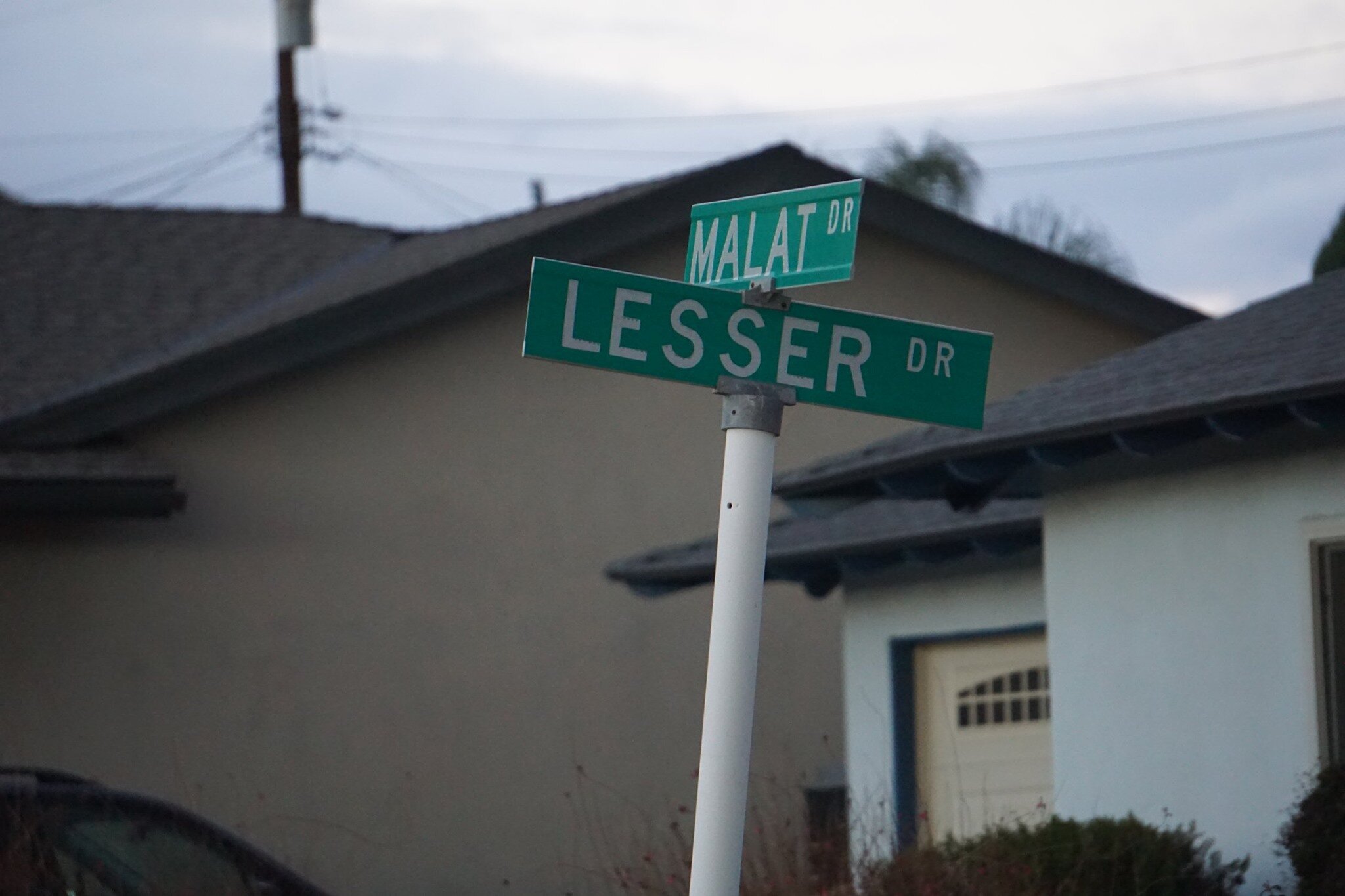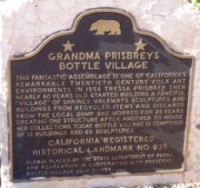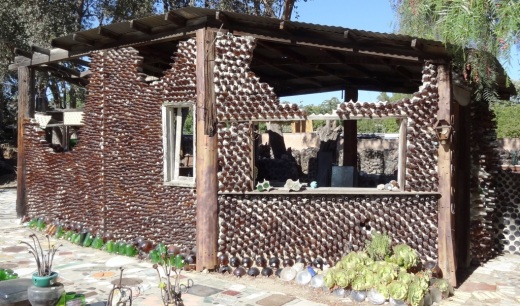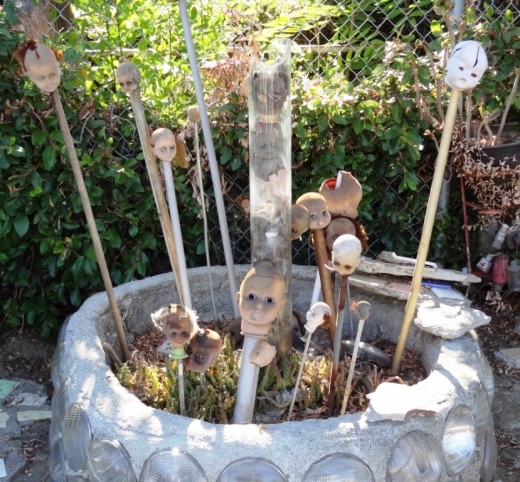Tell Me a Little Bit About Newbury Park
/Newbury Park is a community located in the western portion of Thousand Oaks. Most of Newbury Park became part of Thousand Oaks by community vote sometime in the 1960s and 1970s. Thousand Oaks became a city in October 1964.
A view of Newbury Park from Boney Peak in October 2021. (Feet Model: Conejo Joe)
Egbert Starr Newbury (Photo Courtesy Conejo Valley Historical Society)
Newbury Park is named after Egbert Starr Newbury, who owned thousands of acres of land in the Conejo Valley after moving to California from Michigan for health reasons in 1871. Newbury was one of the three largest Conejo Valley landowners of his time. He and his wife Fannie became the first postmasters in the Conejo Valley in 1875. The post office was located in a small compound near their house, which was located at the current location of the Thousand Oaks Civic Arts Plaza.
The other major landowners at that time were John Edwards, who owned much of the current Newbury Park/Thousand Oaks area north of the 101, and Howard Mills, who owned much of what today is Westlake Village and Hidden Valley.
Edwards sold 10,000 acres of what is now central Thousand Oaks to Edwin and Harold Janss in 1893. The Janss Corporation also bought thousands of acres of land in Newbury Park (Friedrich, Running Springs and Borchard Ranches) in 1962.
There were efforts to incorporate Newbury Park in 1961 and 1963 that failed due to a lack of sufficient votes.
Over a 30 month period beginning in the Fall of 1876, only 6 inches of rain fell in the Conejo Valley. This drought brought devastation to landowners, most of whom lost their crops and livestock and had to sell at a loss or went bankrupt. The Newburys were no exception; they moved back to the midwest in 1877. Egbert fell ill to pneumonia in 1880 and passed away at the young age of 36.
The Newburys lived here only six years, so why is it still called Newbury Park? Because the name of the Newburys' post office never changed! The Newbury Park Post Office has changed locations a number of times (including 1602 Newbury Road from May 1968 until it moved to its current location at 3401 Grande Vista Drive in 2013). So the Newbury name and legacy live on here in the Conejo Valley.
Horse tied to a sign indicating the Newbury Park Post Office, in 1909. The location was near modern-day Lynn Ranch. (Courtesy of the Thousand Oaks Library Local History Photo Collection).
Sources: "The Conejo Valley - Old and New Frontiers" by Carol A. Bidwell and "The Newburys of Newbury Park" by Miriam Sprankling
But wait...there's more to Newbury Park! Casa Conejo is also part of the Newbury Park community but is not an incorporated part of Thousand Oaks. It is considered a census-designated place in Ventura County, with its own Municipal Advisory Council. Casa Conejo is the first planned community in Newbury Park and was built in the early 1960s. It has an area of .5 square mile and is bound by Borchard to the south, Old Conejo Road to the north, Jenny Drive (east of Newbury Park High School) to the west and Sequoia Middle School to the east.
TELL ME ABOUT THE HISTORY OF THE STREET NAMES IN THE CASA CONEJO NEIGHBORHOOD
Interested in historical pictures of the area going back to the 1950s? Click here to read about the work of prolific Conejo Valley photographer, Ed Lawrence.
Click here for a history of Thousand Oaks. Thousand Oaks is over 56 square miles and Newbury Park represents about 40% of that square footage. Thousand Oaks was incorporated as a city on October 7, 1964.
Three dozen or so things to do in Newbury Park
Another three dozen or so kids' activities in Newbury Park
Yet another three dozen or so sports and fitness activities in Newbury Park






















